Automated PTW(Permit to Work System) using BIM & Digital Twin.
PTW
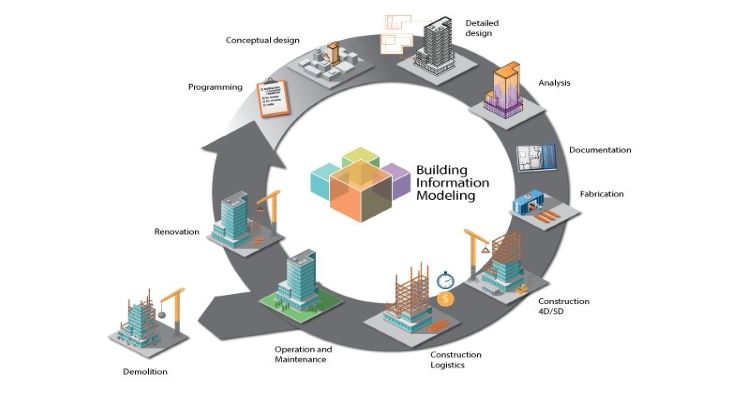
Hot Work Permit:
A hot work permit is a permit that is applied in some job sites, in order to perform work that involves a source of ignition when flammable materials are in the vicinity or that can be considered a fire hazard.
Cold Work Permit:
The purpose of the Cold Work Permit is to control work activities that may not produce sufficient energy to ignite flammable atmospheres but could contribute to injury. This permit is used for miscellaneous hazardous work, like activities that involve chemical cleaning, resins, painting, heavy lifting, or scaffolding.
Electrical Permit:
This permit covers work involving contact with energized electrical conductors. It is required for adding, removing, or relocating fixtures, appliances, or wiring for any electrical work. Replacement of these elements of the same type, size, and location also requires a permit.
Confined Space Permit:
The confined space permit assists the employer to make sure that adequate precautions are in place for each job or task involving confined spaces.
Breaking Containment Permit:
The purpose of the Breaking Containment Permit is to ensure proper planning and precautions during work activities where the potential release of hazardous liquids or gases may occur. Breaking containment is a hazardous activity in the Oil & Gas business.
Ground Disturbance Permit:
The purpose of this permit is to ensure proper planning and design of excavation and trenching operations, including entry of personnel. This is used for digging, trenching, and excavating soil or ground.
Work at Height:
The purpose of this permit is to ensure proper planning and design of excavation and trenching operations, including entry of personnel. This is used for digging, trenching, and excavating soil or ground.
This conventional permit system has its pros and cons. But our interest here is to automate the process with the help of BIM, Digital Twin, AI camera, Automated Drone, and other construction robotics. Please find the reference images below.
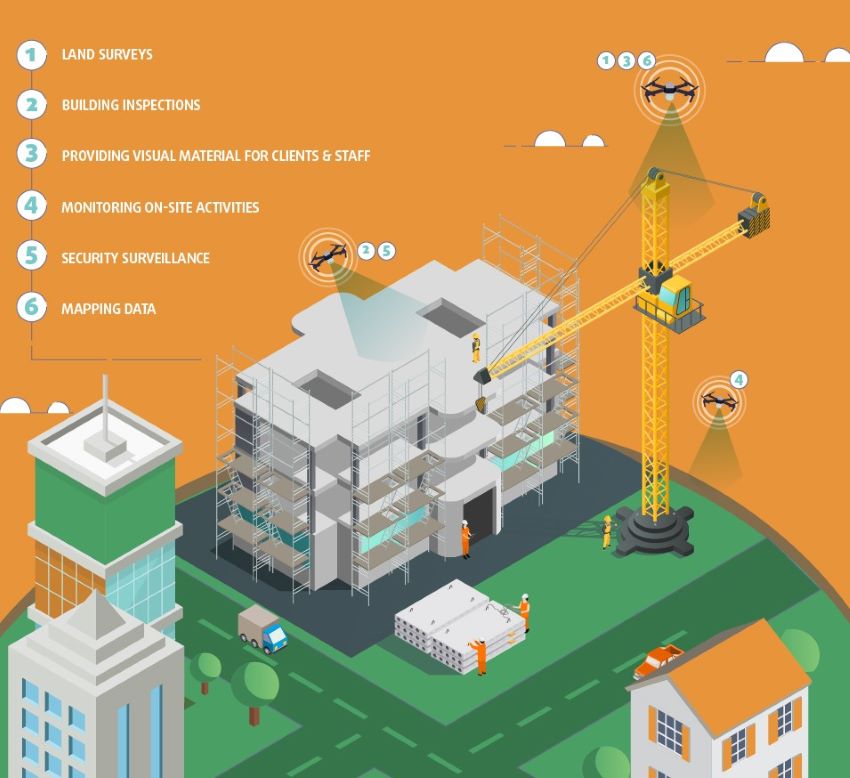
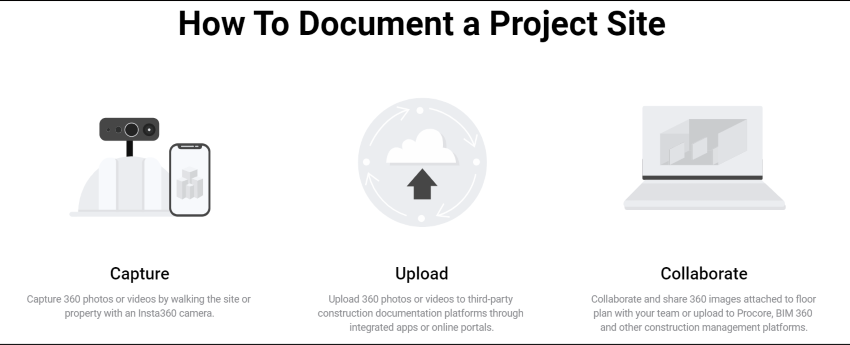
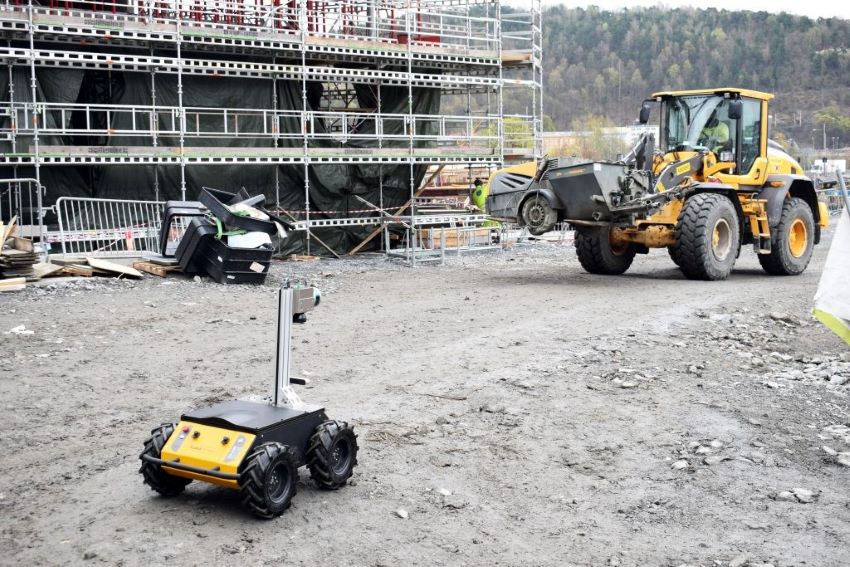
As the industry matures, real-time 4D simulations and enhancements are more common and prevalent these days. These data can also be used to approve the permits of the designated areas. With AI, We could identify the hazardous areas which are not fit enough to execute the work.
We can also identify the areas that are wet & slippery, areas that are susceptible to fire, and other hazardous workplace environments. These processed data can be used to identify the locations where the permits could be approved. The drone or AI cameras can help the safety officers to locate the acute heat spots which in turn can avoid fire mishaps.
1.jpg)
The automated system will also ensure that no incompatible works were permitted in close vicinity. The system will always approve the permit in areas where standby men are deemed necessary only if they are available.
RFID cards and their advancements can help safety officers to count the workers in the assembly point during emergencies. Typical constructions site such as a High rise building can employ around 2000 workers on a good day. The system can also be able to locate the missing persons since their workplace data is already listed in Permit to Work(PTW) applications. This information can be shared with Fire & Rescue personnel in a timely manner.
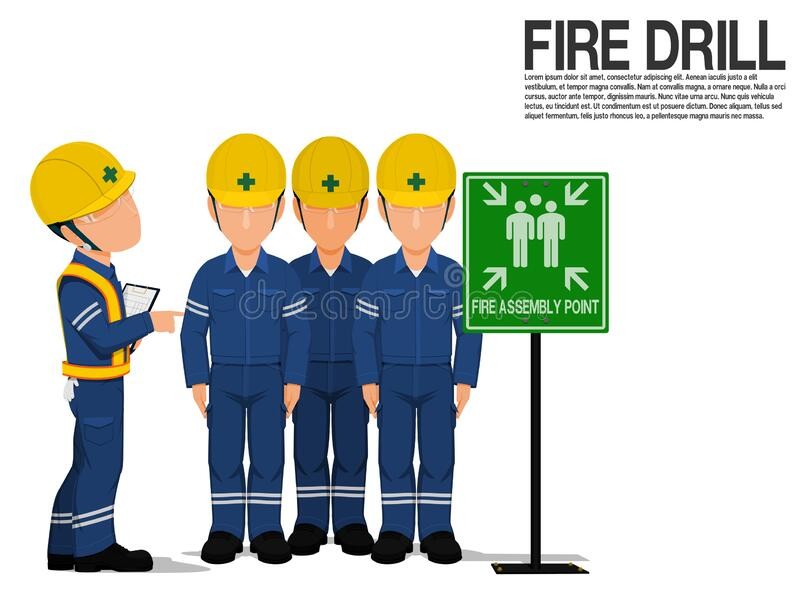
Facade works and other exterior works have to be safeguarded by integrating the permits to work system(PTW) at height and local weather information such as Sun's heat, wind speed, and rainfalls. These small bridges between intelligent data and workplace routines may help us to save valuable human lives and their efforts.
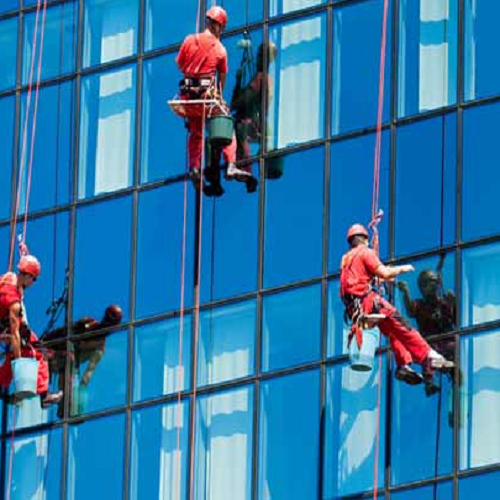
The point cloud data from Drone and cameras can also be used to calculate the volume of stocks available and manage the storage area & supply chain accordingly.
By centralizing all the available data and resources, We can deliver more than what we could from BIM. This will help owners to save a lot of time, resources, and money for sure.
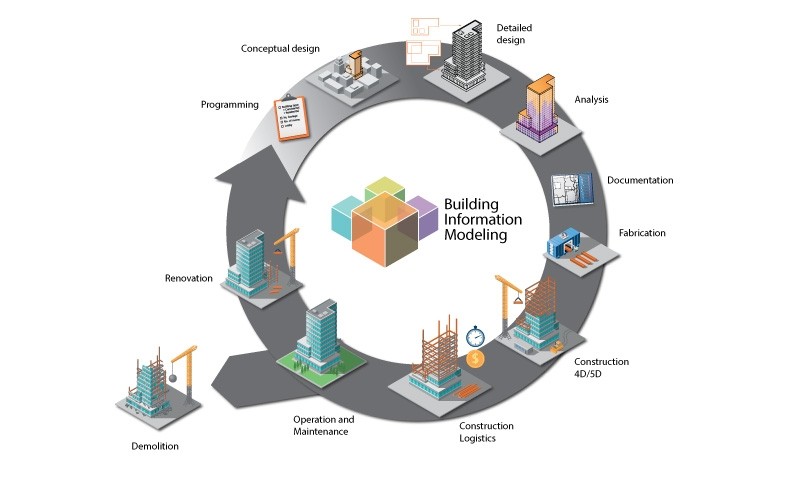
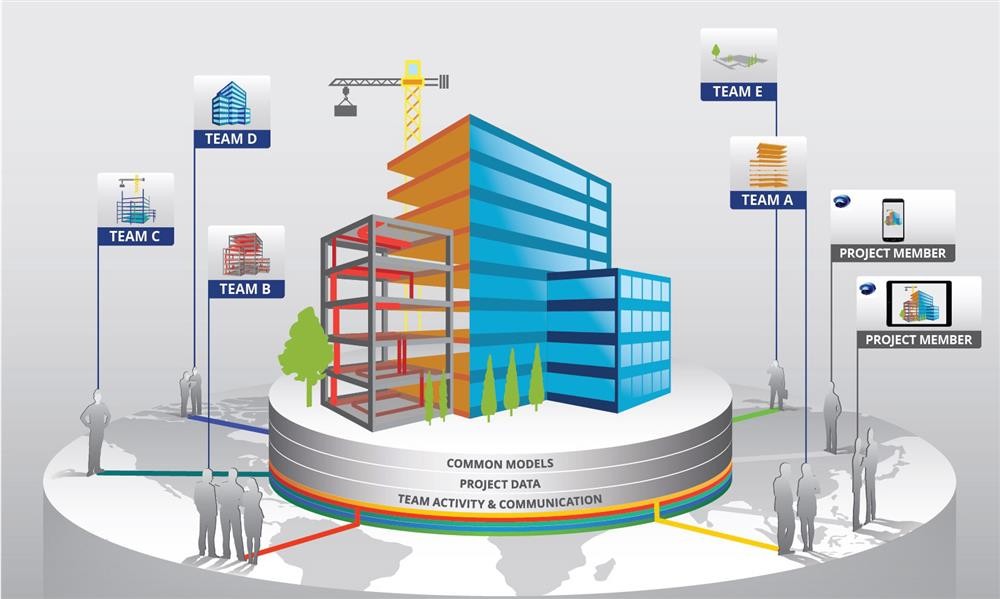
Let's work together to "Put safety first & Prevent the worst".
Thanks & Regards,
Venkatesh Muthu.
Email:[email protected].
References :
Image credits: Autodesk, Dreamstime.
https://www.insta360.com/enterprise/industries/construction
https://sphera.com/glossary/what-is-permit-to-work/












